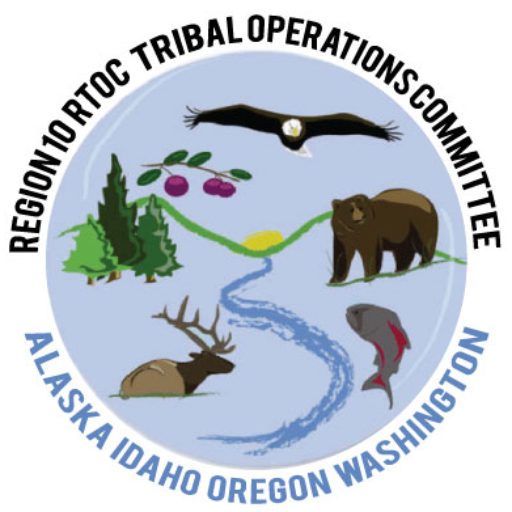EPA recently announced the largest single investment in environmental justice in history, Environmental and Climate Justice Community Change Grants. The grants are designed for communities most adversely and disproportionately impacted by climate change, legacy pollution, and historical disinvestments. Approximately $2 billion will be available to support community-driven projects that deploy clean energy, strengthen climate resilience, and build capacity for communities to tackle environmental and climate justice challenges. There is a $150 million set-aside for Alaska Native Villages alone.
Activities to be performed may generally fall under the following categories:
- Climate resiliency and adaptation
- Mitigating climate and health risks from urban heat islands, extreme heat, wood heater emissions, and wildfire events
- Community-led air and other (including water and waste) pollution monitoring, prevention, and remediation
- Investments in low- and zero-emission and resilient technologies and related infrastructure
- Workforce development that supports the reduction of greenhouse gas emissions and other air pollutants
- Reducing indoor toxics and indoor air pollution
- Facilitating the engagement of disadvantaged communities in state and federal advisory groups, workshops, rulemakings, and other public processes
Deadline & Eligibility
EPA will accept applications on a rolling basis until November 21, 2024. Eligible applicants are (1) partnerships between two community-based non-profit organizations; and (2) partnerships between a community-based non-profit organization and a federally recognized Tribe, local government, or institution of higher education.
Technical Assistance
EPA has launched a technical assistance program, Community Change Equitable Resilience, to help eligible entities apply for the grants. EPA will offer free design and project development assistance, community engagement, and partnership development workshops.
- Eligible projects must be located in a disaster-prone area and benefit a disadvantaged community. The requestor can propose up to three sites for design assistance.
- Climate resilience projects must have a community benefit and could include retrofits to community-serving buildings; design or redesign of public parks, open space, and waterways; redesign of streets; or other projects that address climate resilience and environmental justice.
- Proposed projects should address climate change impacts such as extreme heat and more intense heat islands, wildfire and wildfire smoke, floods, storms, or other impacts that pose a greater risk to disadvantaged communities.
EPA will accept requests for technical assistance on a rolling basis until 50 recipients have been identified.
Webinars
EPA will host multiple informational webinars while the Notice of Funding Opportunity is open. The first webinar will be held on December 7.
Indirect Costs
For many applicants, EPA is limiting the indirect costs that can be charged to Community Change Grants. However, due to the sovereign status of Indian tribes, Indian tribes and Intertribal consortia comprised of eligible Indian tribes are exempt from this 20% indirect costs limitation provided they meet the requirements of 40 CFR 33.504(a) and (c).
Contact
If you have questions after reviewing the web pages, please contact CCGP@epa.gov.

Recent Comments